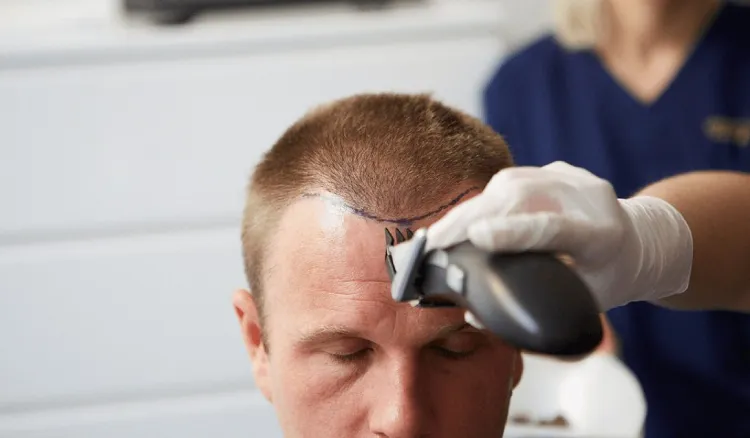- +1 630 974 1400
- info@oakbrookhair.com

We are committed to ensuring your recovery is as smooth and effective as possible. Please read these instructions thoroughly to understand how to care for your scalp following your hair transplant surgery. These guidelines are designed to maximize your healing and the success of your procedure. Remember, our team is always here to assist you with any concerns you might have post-surgery.
You will leave our facility with a light dressing, which should be kept on for the first night.
It is crucial to have someone with you the night after your surgery. We recommend staying within thirty miles of the surgery location for easy access to our facility if needed.
Keep your head elevated the first night and continue to do so for the next week to aid in reducing any swelling.
Use a spray bottle to moisten the transplanted area four times a day with saline or water. This includes your daily showers, which count as one session.
By the third day, you may gently wash your hair. Use a mild, alcohol-free shampoo. Avoid direct shower spray on the transplanted area for one week. Instead, gently pour a cup of soapy or plain water over your scalp.
After seven days, you can start combing your hair. Be gentle to avoid dislodging any grafts.
Report any persistent bleeding, signs of infection, unusual pain, or drainage immediately.
Avoid strenuous activities and heavy lifting for the first three weeks post-surgery.
Wait at least four weeks before considering haircoloring or chemical treatments.
Between six to twelve weeks post-surgery, you might notice what appears to be hair loss. This is typically just the hair follicles entering a shock phase. The roots often remain healthy and will begin to produce new hair strands soon.
Our office is always ready to support you. Do not hesitate to contact us for any follow – up questions or concerns as you heal.
Stay updated with our latest news and offers.
Sign up for our newsletter.

